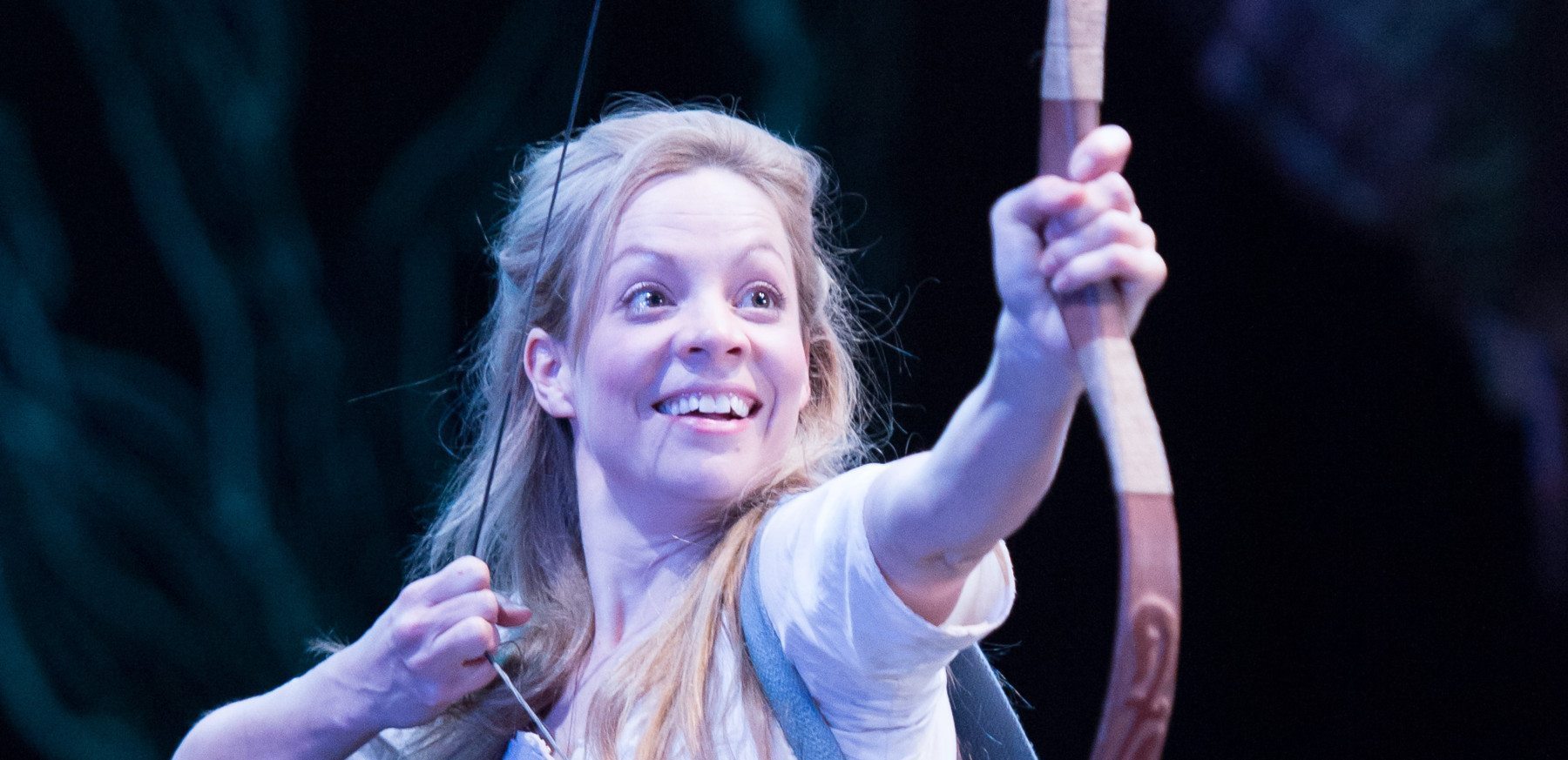Review: Wendy and Peter Pan at the RSC
The story of Peter Pan has been told again and again, to the point of tedium. However, the production of Wendy and Peter Pan by the Royal Shakespeare Company has succeeded in finding a unique angle, bringing the characters into the 21st century, and in doing so, liberating Wendy from the patriarchal abyss of the original story.
Re-watching Peter Pan (1953), the Disney film version of J M Barrie’s classic children’s story, after seeing the RSC’s production, highlighted the ubiquitous sexism in western culture not even a century ago. It is scary to think that this film has shaped children’s understanding of the world. Especially seen in parallel with the theatre production, the portrayal of the women in the animation actually made me angry. Wendy happily took up the role of mother, as if she had been born for it, and all women are at one point affected by jealousy over the heroic Pan. They all have one joint goal throughout the film, and that is to remove the competition and be Peter’s only focus. To add to seemingly shallow focus of the girls in the film, Tinkerbell is given the ‘Eve’ role, causing the downfall of Pan and the Lost Boys by going to Hook out of jealousy of Wendy. Peter Pan presents the idea that women are irrational, emotional, and the cause of a multitude of problems. While the boys are united from the beginning there isn’t a moment that the women of the film show unity. This is something Disney have, thankfully, begun to address in Frozen. In the RSC’s production, it is a woman behind the script and in Ella Hickson’s brilliant adaption it is the women we find ourselves rooting for.
From Wendy’s break into the title of this new Pan adaption, we are aware that in Hickson’s world, women are just as important as men. Tiger Lilly isn’t just a vulnerable woman who gets kidnapped and needs saving, but a warrior who seeks out Hook to exert revenge over the death of her father. The men around her in the film that secure her safety, including her father, are gone. Instead, she is the one fighting for them, exacting revenge where they fell. Acted superbly by Michelle Asante, Tiger Lilly’s strong character is a refreshing take on an old story. This is the same for Wendy. Her overall focus is not to win over Peter, but to rescue her lost brother, a character specifically written into the play to show that Wendy is far from the weak 1950s character. She is now a capable hero.
Tinkerbell is also transformed. Her name is cut down to Tink from ‘Tinkerbell’. She loses the ‘cuteness’ in her name that was synonymous with femininity in the 1950s, and with it goes the perfect looks that the Disney version is blessed with. However, in Hickson’s script there is room for women who don’t fit the ‘ideal image’, with Tink finding love and happiness at the end of the play. For all the children in the audience this is an important lesson. You can find happiness in whatever size or shape that you choose to be. In whatever way the women are transformed, the audience is left cheering them on and asking, along with the play’s tag line, ‘Why aren’t there any Lost Girls?’
While Hook is still the main enemy, Peter and the Lost Boys are presented as being the real problem. They expect Wendy to be a mother simply because she is a girl, and to follow their plans, while often denying her a voice to speak. While they end up sending Hook to the jaws of ‘Tick Tock’ the Crocodile, as in the original, it is done around a feeling of solidarity between the women. They all learn to fight together, and it is their collective force that leads to the rescue of the boys. The play is as much a journey for the boys as it is for the girls, as they begin to see the patriarchal beliefs that dominate their actions towards women.
Throughout the children’s adventures in Never Land, the parents are suffering as well. Mum and Dad fight, which leads to Wendy’s departure. In the end she returns, talking of ideas about the suffragette movement and asserting her own independence by getting a job. I felt that the most important part of the play was the final scene. Wendy and her Mum face each other, not as mothers, but as independent women who have finally learned how strong they can be. They hug, and in their embrace is the continuation of women’s unity from ‘Never Land’ to the real world. We are reminded of all that women have achieved together and how many boundaries have been crossed. It is this revelation that is the true success of the play.
Wendy and Peter Pan is playing at the Royal Shakespeare Theatre until 2 March. More details here.

Comments